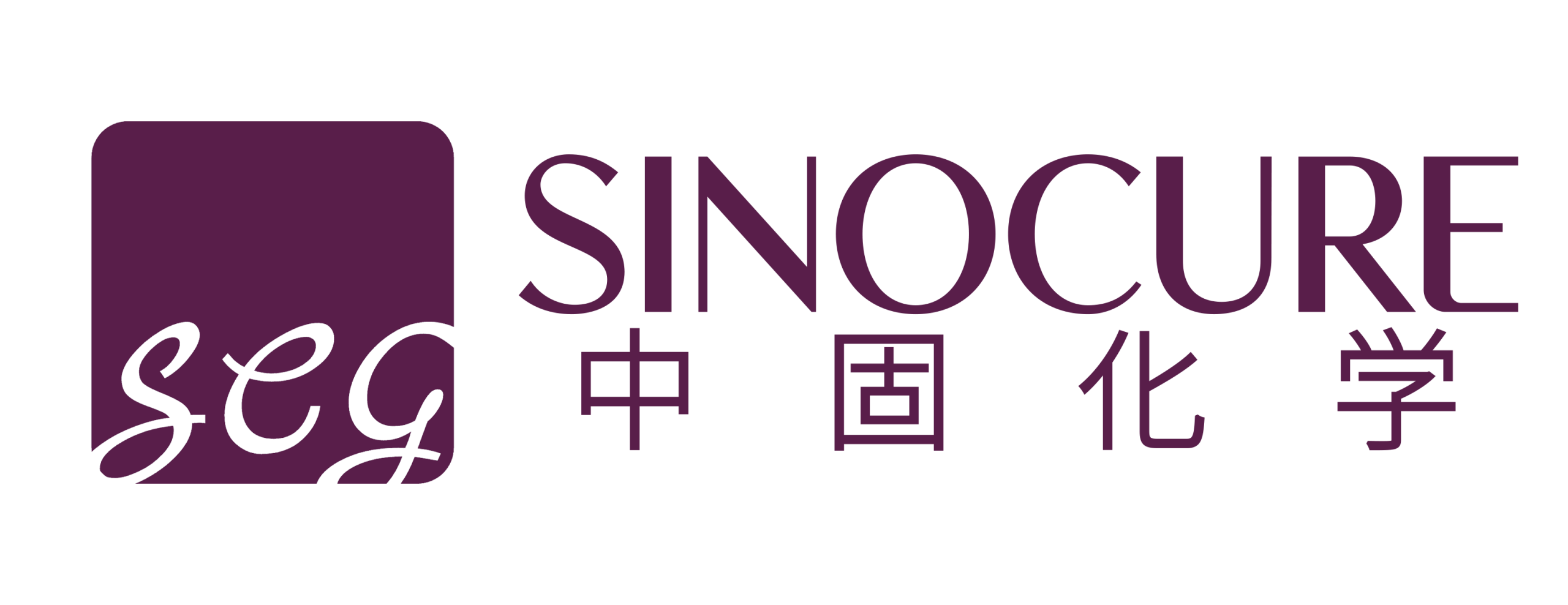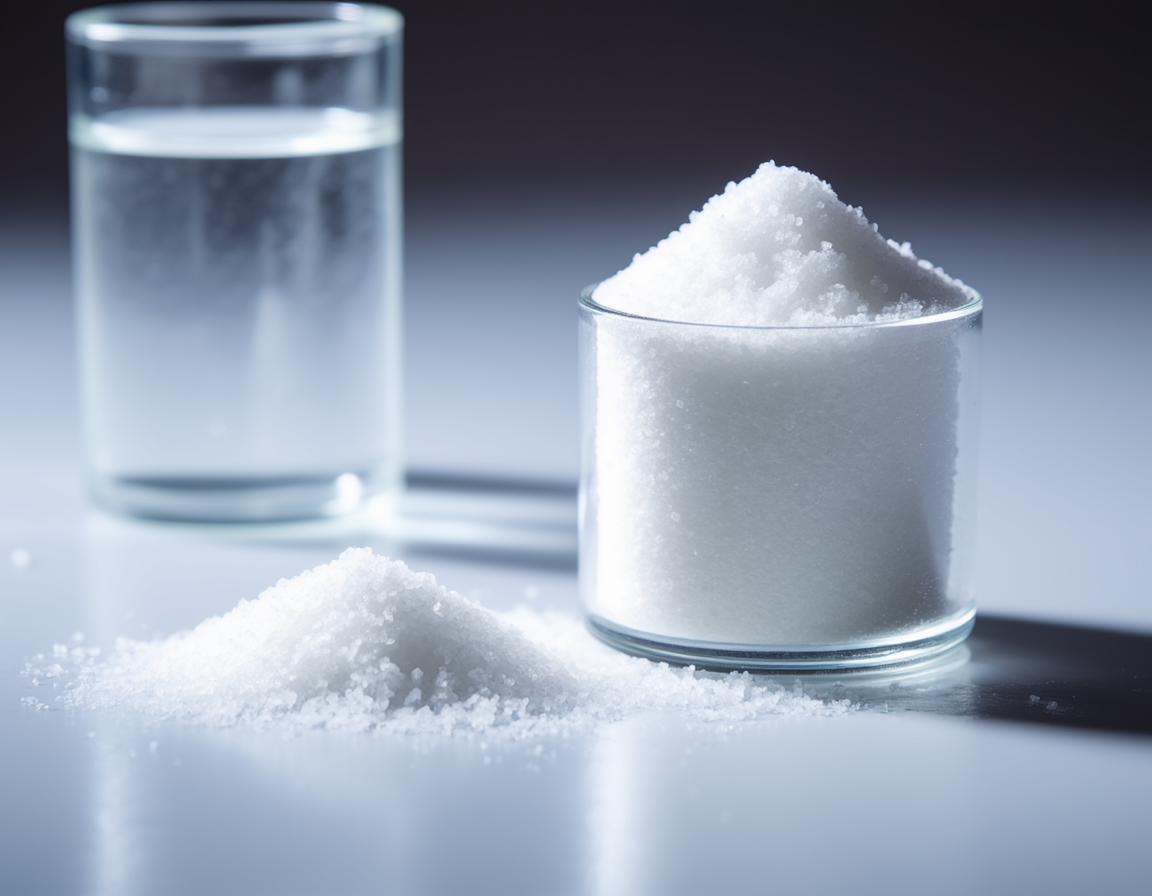CBP (CAS: 58328-31-7): The Ultimate Guide to a High-Performance Organic Material
In the relentless pursuit of more efficient and powerful electronic technologies, certain chemical compounds become critical problem-solvers. For businesses in display manufacturing and renewable energy, one such material is CBP (CAS: 58328-31-7). Chemically known as 4,4′-Bis(N-carbazolyl)-1,1′-biphenyl, this high-performance organic material is a strategic choice for overcoming persistent performance barriers. This article explores the key applications of CBP, its industry benefits, and why it is a superior solution for forward-thinking buyers.
How CBP (CAS: 58328-31-7) Solves Critical Industry Challenges
In high-tech industries, progress is often limited by the stability and efficiency of the materials used. Common challenges that CBP directly addresses include:
- Performance Degradation: Organic electronic devices can lose effectiveness over time when exposed to heat and electrical stress.
- Energy Inefficiency: Poor charge transport within a device leads to wasted power, reduced brightness in displays, and lower output in solar cells.
- Limited Lifespan: The operational stability of a device is directly tied to the thermal and electrochemical stability of its constituent materials.
Addressing these issues requires a robust and efficient organic semiconductor. This is precisely where CBP (CAS: 58328-31-7) excels.
Key Applications of CBP in High-Tech Industries
CBP is a cornerstone material in several high-tech sectors. Its unique molecular structure provides excellent charge transport properties and high thermal stability, making it an ideal solution for complex challenges.
OLED Breakthroughs with CBP as a Host Material
The Problem: The demand for Organic Light-Emitting Diode (OLED) displays is driven by their superior color and contrast. However, manufacturers constantly battle energy inefficiency and device longevity, which can lead to issues like screen “burn-in.”
The Solution in Action: As a solution, CBP is widely used as a premier host material in the emissive layer of OLED devices. Its primary role is to host the light-emitting dopant molecules and facilitate highly efficient energy transfer.
Tangible Benefits:
- Enhanced Efficiency: The excellent charge carrier mobility of CBP ensures a greater percentage of electrical energy is converted into light, leading to brighter displays with lower power consumption.
- Improved Device Stability: The high thermal stability of CBP prevents degradation at operating temperatures, significantly extending the lifespan of the OLED display.
- Superior Color Purity: By providing a stable matrix for phosphorescent dopants, CBP helps achieve deep, pure, and vibrant colors.
Boosting Solar Energy Efficiency with CBP
The Problem: While organic solar cells (OSCs) are flexible and low-cost, they have historically struggled with power conversion efficiency (PCE) and long-term stability compared to silicon-based panels.
The Solution in Action: In this field, CBP is increasingly employed as a hole transport material (HTM). When photons create electron-hole pairs in a solar cell, the key to high efficiency is separating these pairs quickly. CBP excels at this task.
Tangible Benefits:
- Increased Power Conversion Efficiency: The superior hole mobility of CBP allows for rapid extraction of charge carriers, minimizing energy loss and boosting the overall PCE.
- Greater Operational Longevity: Its inherent stability helps protect the solar cell’s sensitive layers from degradation, leading to a longer, more reliable service life.
Strategic Sourcing: Why Buyers Choose CBP (CAS: 58328-31-7)
For chemical traders and industrial end-users, selecting CBP is a strategic decision that directly impacts final product performance.
- Exceptional Performance: CBP (CAS: 58328-31-7) directly solves the core problems of efficiency and stability in its main applications.
- Proven Versatility: Beyond its primary uses, CBP also serves as a building block for other functional materials and as a high-performance fluorescent dye.
Key Buying Consideration – Purity: For semiconductor applications, material purity is non-negotiable. Even minute impurities can degrade device performance. When sourcing CBP, it is crucial to partner with a supplier that guarantees high purity levels (e.g., >99.5% sublimation-grade). For more technical data, you can review its properties on a public chemical database like PubChem.
CBP (CAS: 58328-31-7) is more than just a chemical; it is a critical enabler of next-generation technology. By solving fundamental problems of efficiency and stability, it empowers manufacturers to deliver superior products. For buyers, sourcing high-purity CBP is a direct investment in quality and innovation.
Ready to see how CBP can address your specific challenges? Contact us for specifications and sourcing information.
- +86 13345119692
- +86 15550440621
- pharm@sinocurechem.com

